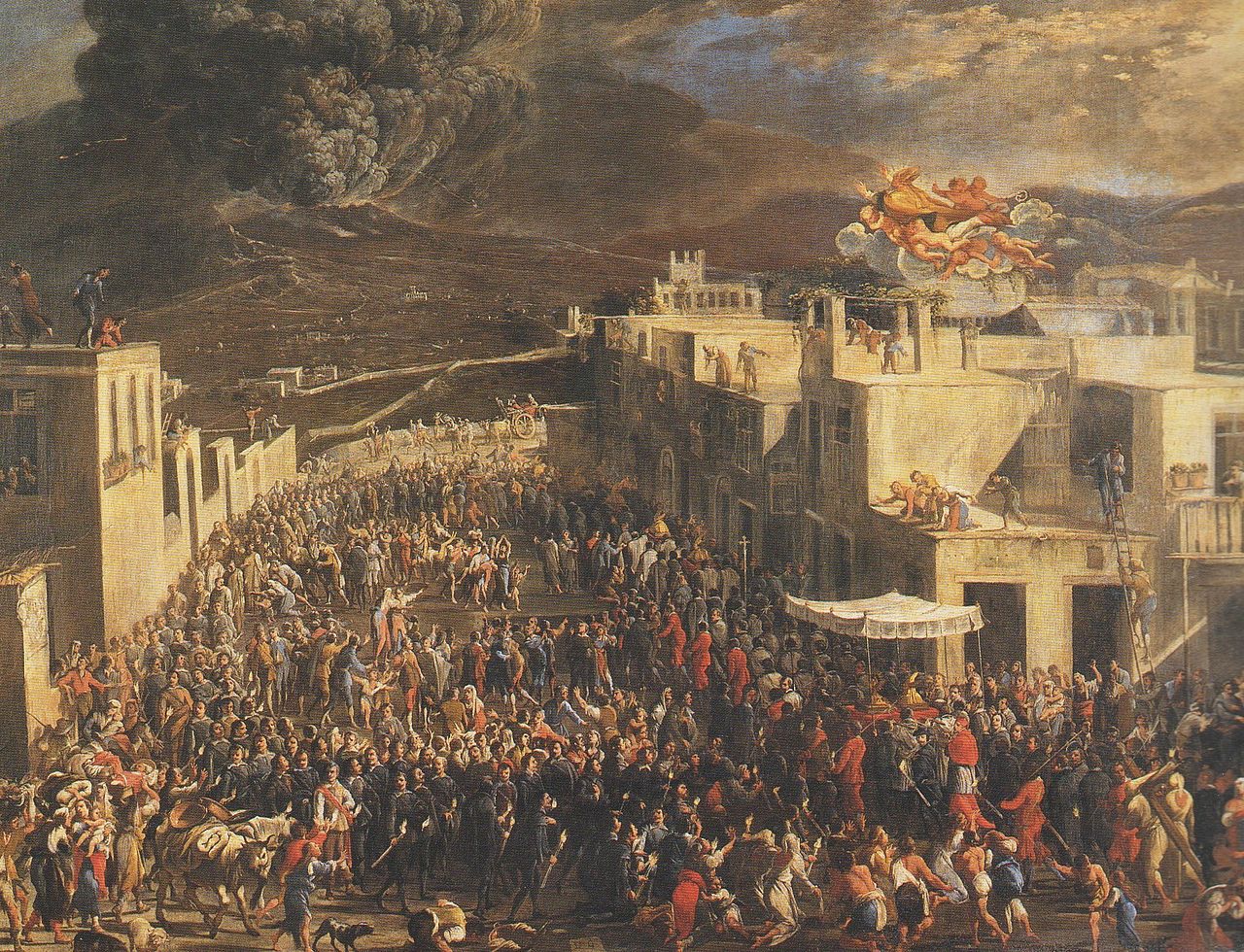Baby
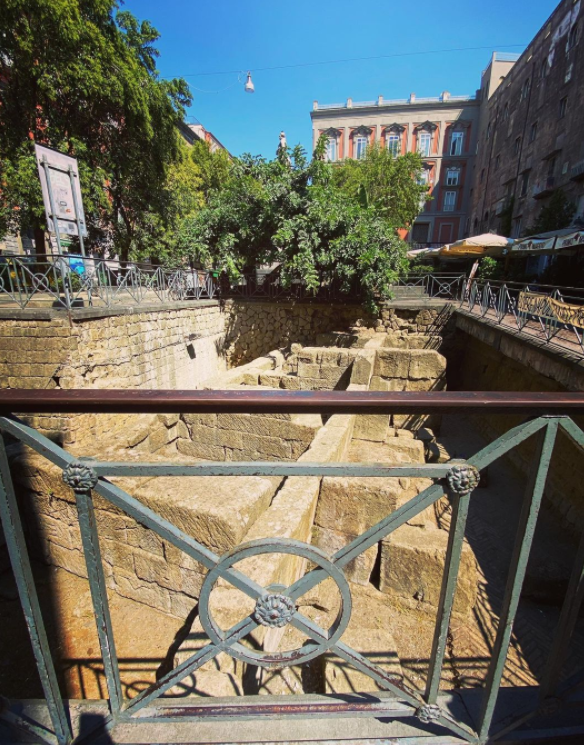
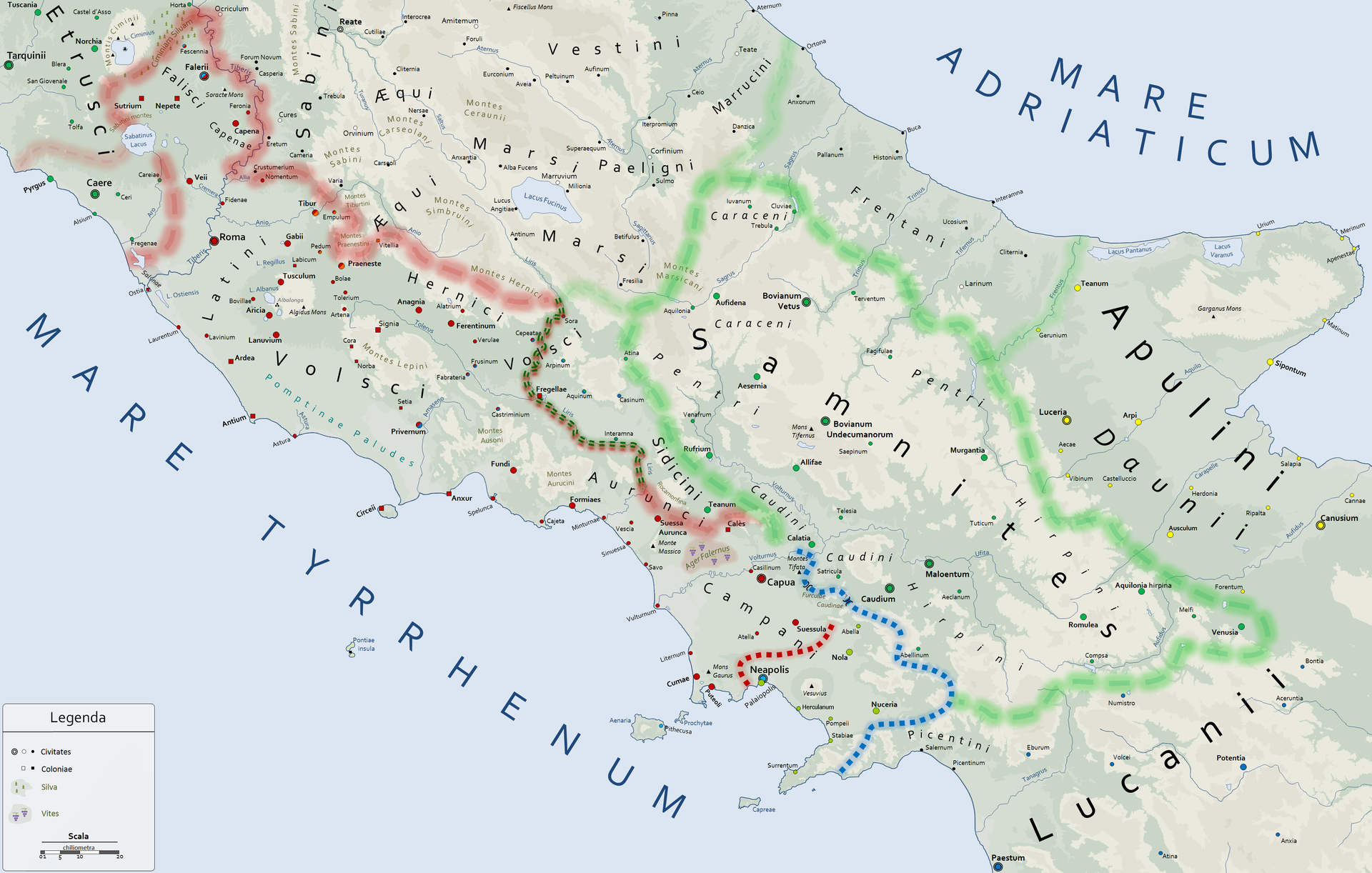
While King Philip II of Macedonia was gaining control over Greece and Syracuse was fighting with Carthaginians for the supremacy in Sicily, the Roman Republic was extending its influence in Italy through constantly interchanging alliances that by 340 BC had helped it set a foothold in Campania with one of the cities offered a Roman citizenship in exchange for military protection being Cumae. The Romans had taken Campania with no serious resistance from Neapolitans who had probably remained neutral in the First Samnite War (343 to 341 BC). In the beginning the relationships with Rome were marked by friendship and the attempt to stipulate agreements but after the first Samnite War it seems Neopolitans were in fear of Rome’s rising power and made an alliance with the Samnites. This led in 326 BC to an armed conflict which ended when two leading men of Naples, dissatisfied with the misbehaviour of the Samnite soldiers in the city, arranged a plot, which enabled the Romans to take the city. Peace was not dishonorable, however: a confederation was created with Rome, and the city was able to maintain its institutions. The so called foedus neapolitanum or foedus aequum with Rome was sealed. The Neapolitan city became a faithful ally of Rome and as such was obliged to supply it with ships and sailors. Neapolis also became a naval base for Roman ships, in fact the port basin was cleaned up in this regard, as evidenced by the archaeological traces.
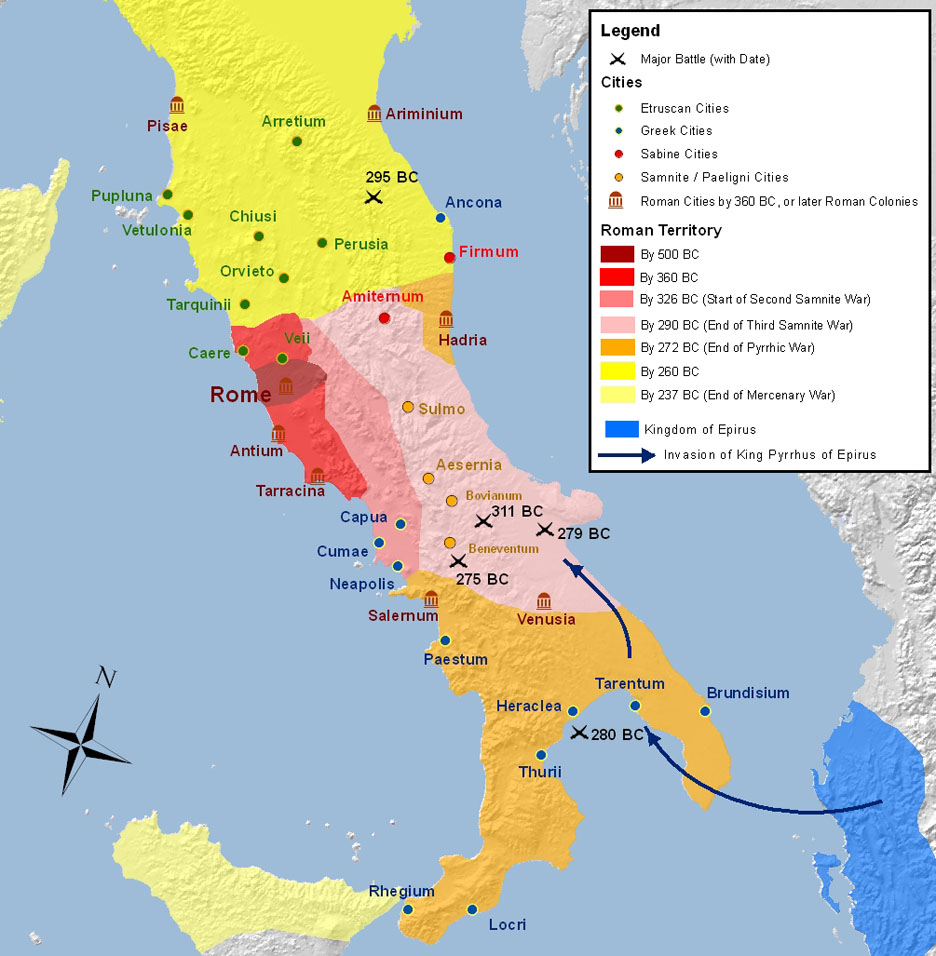
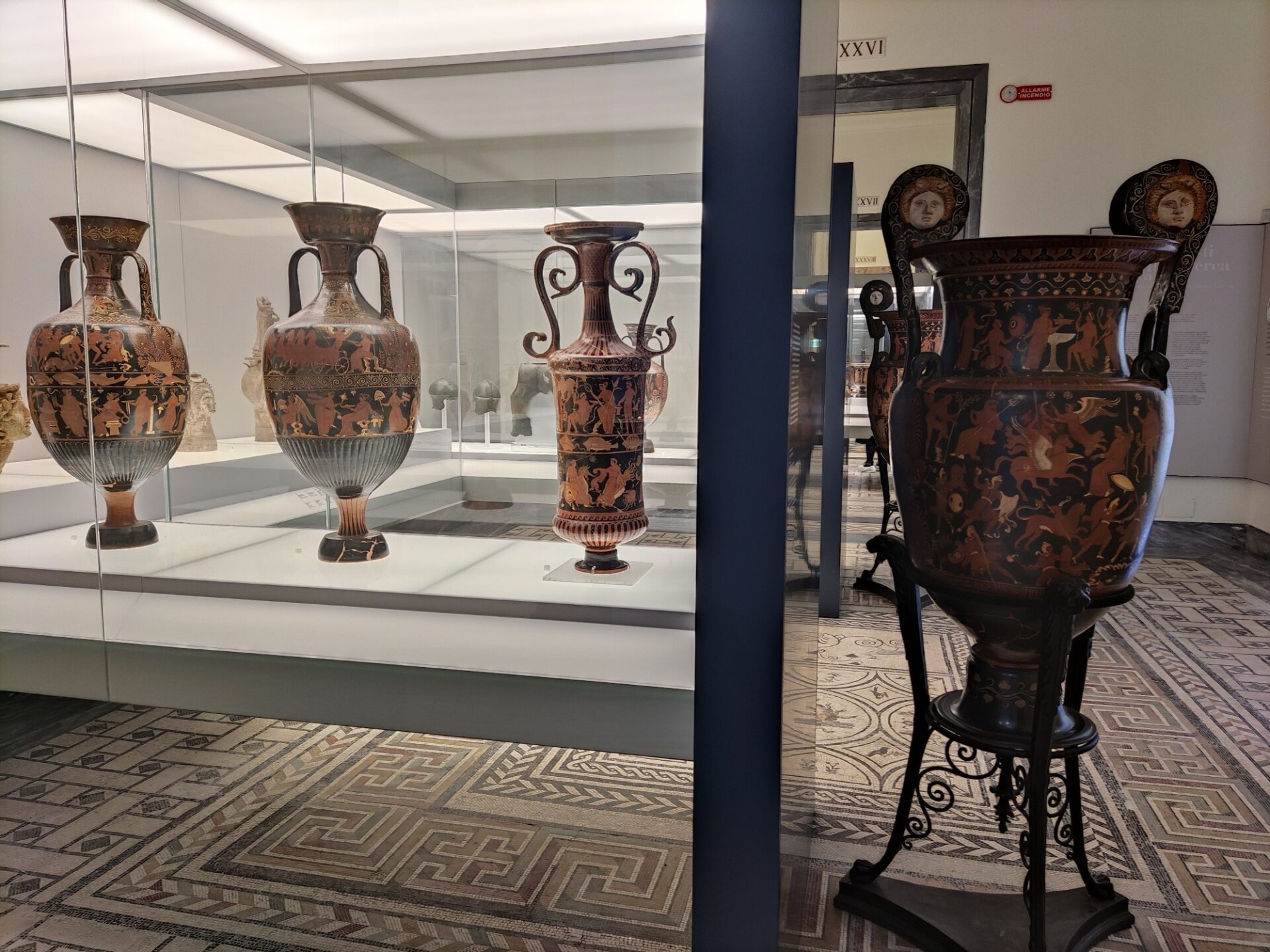
Hannibal‘s attempts to incite its inhabitants against Rome failed something that would ultimately lead to the substitution of Capua (sided with Hannibal) by Naples as the most important civic center in the area. In 89 BC Neapoli was declared a Roman Municipium on the basis of the Lex Julia, further boosting its development to the point of achieving an urban expansion beyond the boundaries of the original walls. In 82 BC however in the struggle between Gaius Marius and Lucius Cornelius Sulla, Neapolis sided with Marius and Sulla’s revenge was terrible. Neapolis was sacked, devastated, its population massacred and its fleet was confiscated or destroyed, condemning it to a period of decline that would last until the days of Julius Caesar. After 40 BC the city would be reborn, entering a period of considerable economic prosperity despite the competition from the commercial port of Puteoli (Pozzuoli). Naples had many privileges including that of issuing coins known by scholars as the “Roman-Campania issue”, born in the period of this alliance, in which the Capitoline city decided to have the Neapolitan mint, issue various series of coins with types derived mainly from the Roman mythology: The city expanded with the settlements to the west, in the Chiaia and Posillipo areas and, further on, in the Phlegraean fields, made accessible by the opening of the tunnel known as Crypta Neapolitana. The tunnel was first built by the architect Lucius Cocceius Auctus for Agrippa during the civil war between Octavian and Sextus Pompey in 37 BC. Both Octavian and Agrippa, as was the case with most important Roman patricians like Scipione l’Africano, Tiberius, Caligula, Claudius, Nero and Brutus e.g. chose these lands for rest and pleasure. Cicero, Horace, Pliny the Elder, Virgil, found inspiration here for their artistic genius. In short, Naples was a center of refined culture, a strip of Greece in the Italian peninsula, which the Romans appreciated and respected. The philosophers and rhetoricians who continually came to Naples from Greece were protected and honored by the Roman patricians. The Neapolitani acquired a reputation of connoisseurs and savvy critics of the arts and of singing, something that would prompt Nero to rehearse his singing production in the Neapolitan Odeon before performing in Greece. The Isolympic Games held in the city every four years after 4 AD cemented the city’s fame as the Greek capital of the west.
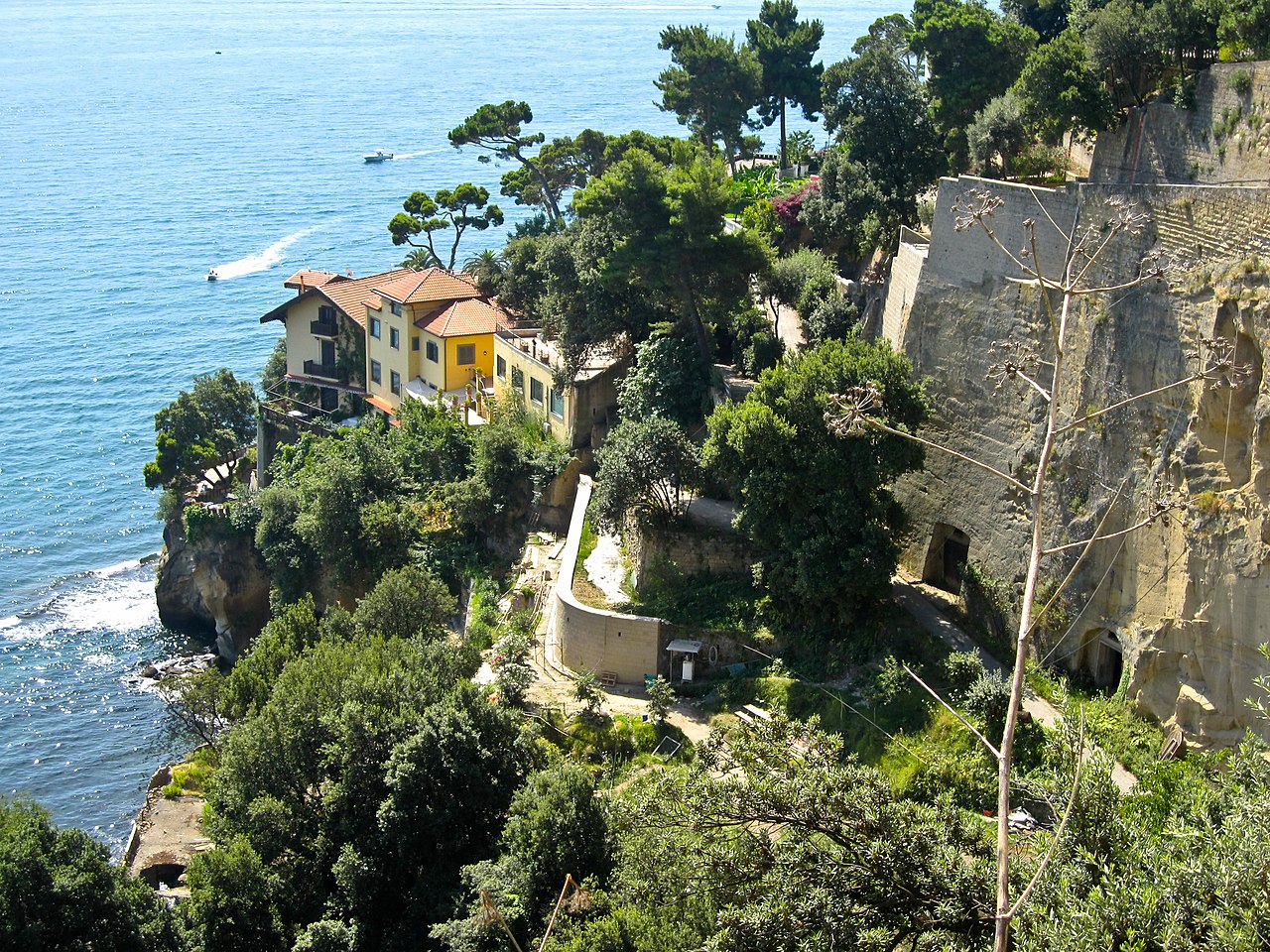

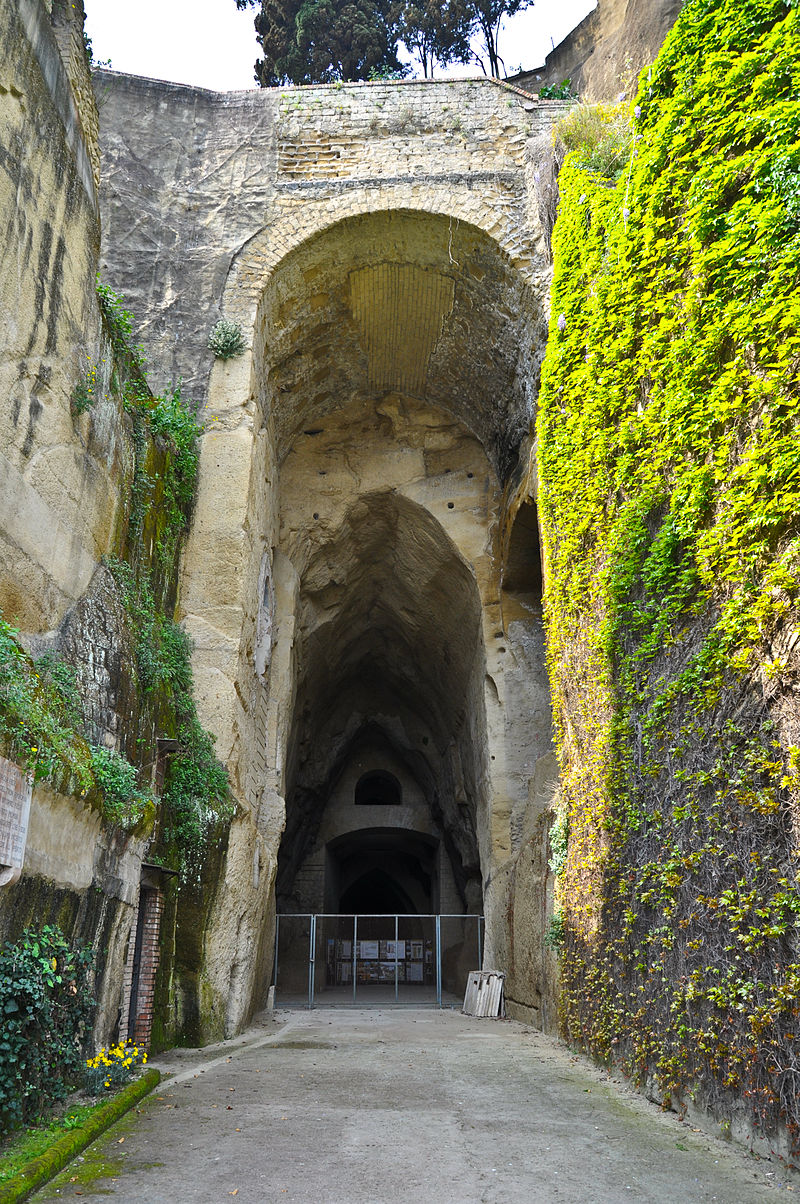
Mount Vesuvius was considered sacred by both Greeks and Romans. According to legend Hercules himself stayed on its slopes on his way to Sicily and Dionysius of Halicarnassus states that the Greek hero founded the neighboring to Naples city of Herculaneum that sat on its feet. However the volcano was to a large extent considered inactive with the last eruption probably occurring around 217 BC. The fertile land around the volcano was enough for an agriculture society to write off any concern about future eruptions. In 62 AD the area was hit by a strong earthquake, which caused the collapse of many buildings and caused damage to Naples. At the time however no relationship was hypothesized between the earthquake and the volcanic nature of the area. Roman writers describe Vesuvius covered with gardens and vineyards, up to the top.
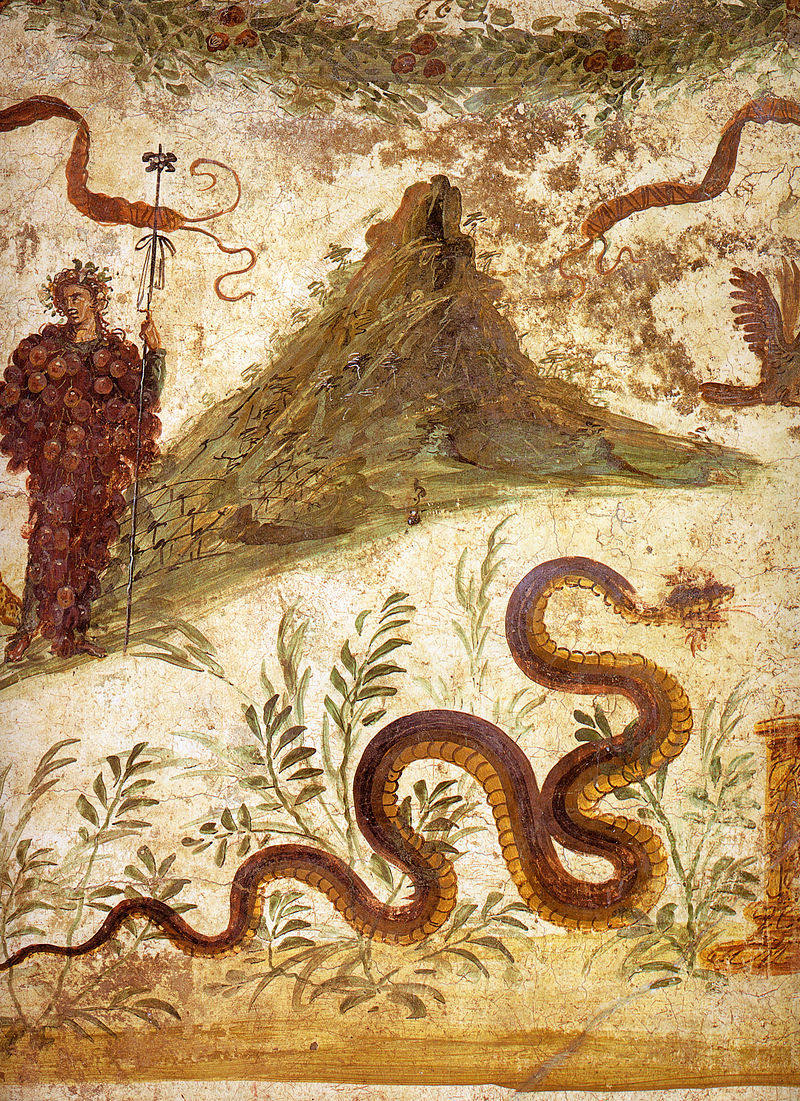
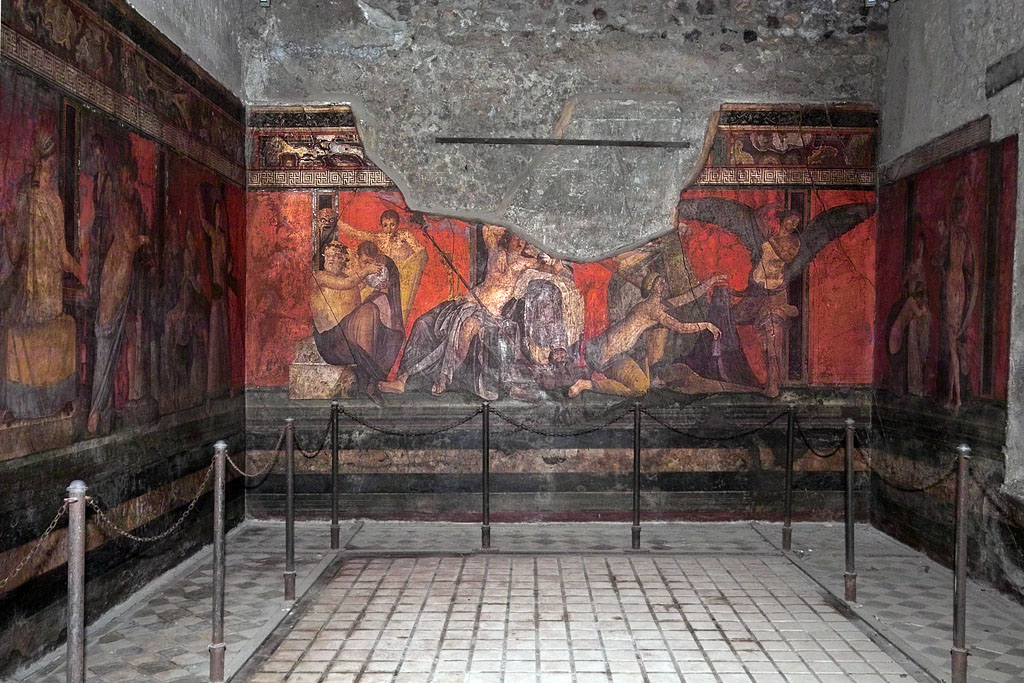
In the early autumn (according to latest evidence) of 79 AD and after a few days of minor earthquakes that were however not foreign to the people of the area, Mount Vesuvius woke up again and this time the eruption was fierce. In what became the most famous volcanic eruption of all times, several towns and villages that lay withing a radius of 15km were completely destroyed by pyroclastic flows that killed thousands of people. Naples remained intact but Herculaneum and Pompeii that had been built closer to the volcano were completely obliterated.
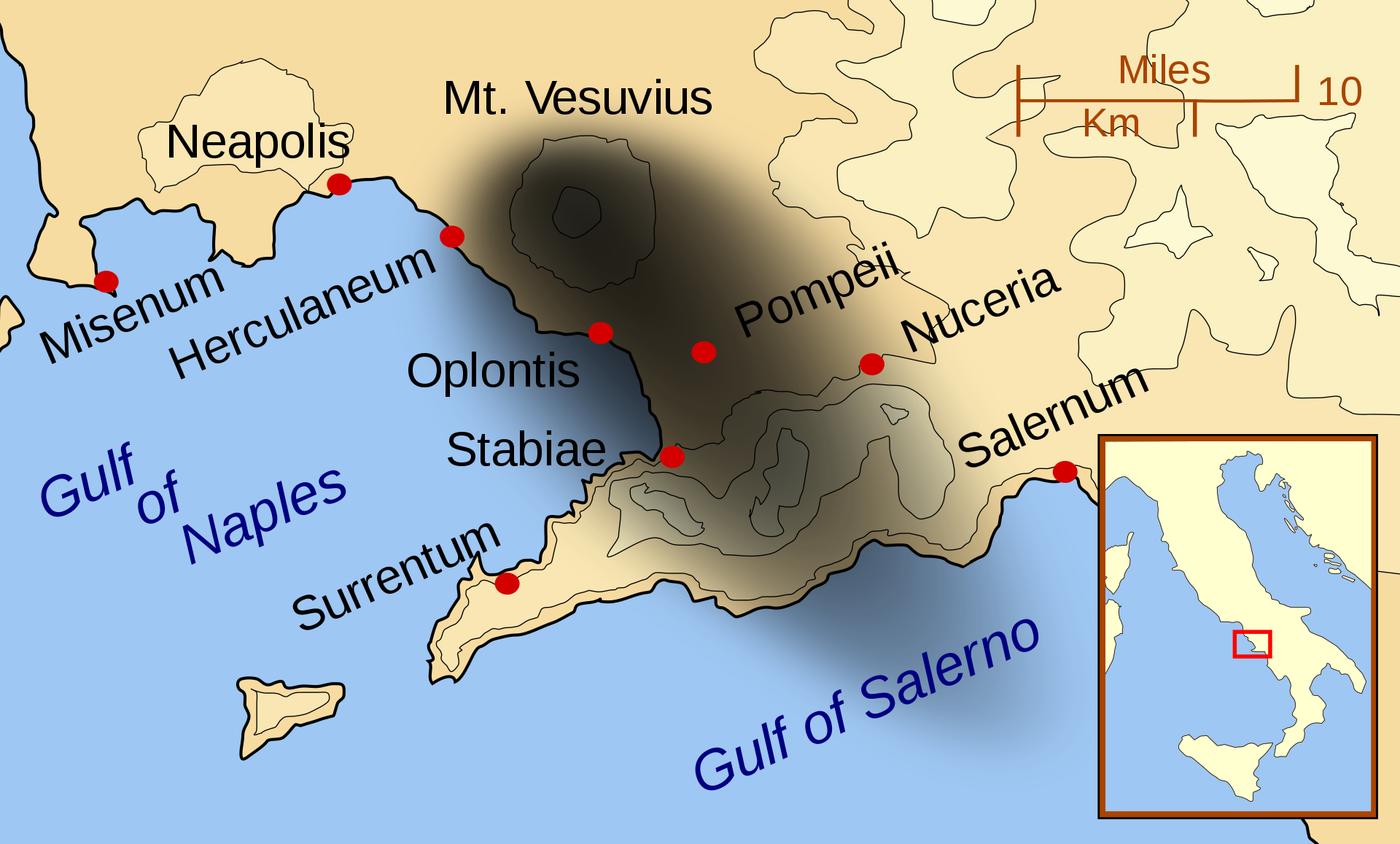
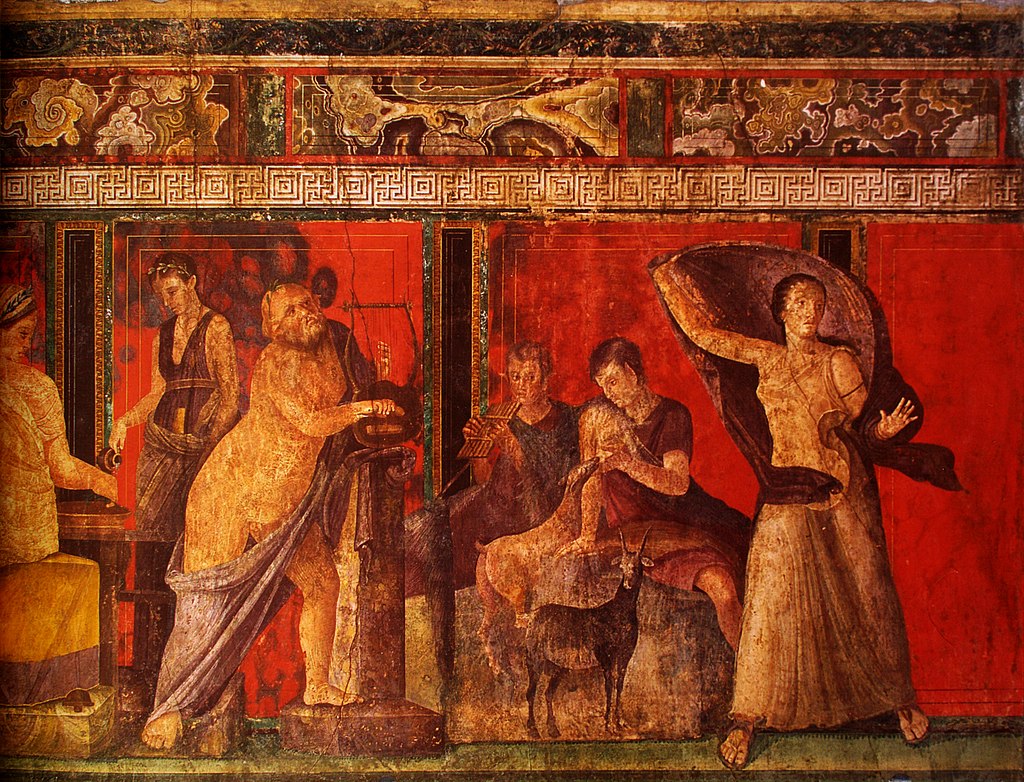
Naples was among the very first regions of the Roman world that Christianity started to spread from the very beginning. According to the Christian legend Saint Peter, on his way to Rome, stopped at Naples where an elderly Jewish woman, afflicted by a serious illness begged him to heal her, promising in exchange her adherence to Christianity. Saint Peter performed an exorcism , finally healing the woman. When the miracle had been completed, the woman named Candida decided to summon a sick friend of hers, named Aspreno , who also received healing from the apostle and was finally appointed at the time of his departure, the first bishop of Naples. He would have built the first church of Santa Maria del Principio, where the Basilica of Santa Restituta and then the Cathedral of Naples would stand . Legend also attributes to Aspreno the foundation of the Basilica of San Pietro ad Aram , the first Neapolitan church, where the altar on which Peter would have celebrated the Eucharistic Sacrifice. Both Aspreno di Napoli and Candida la Vecchia are venerated as patron Saints of the city of Napoli.
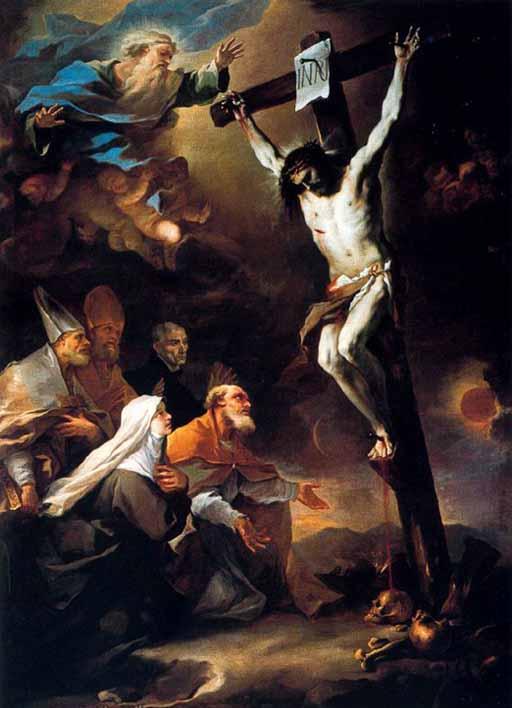
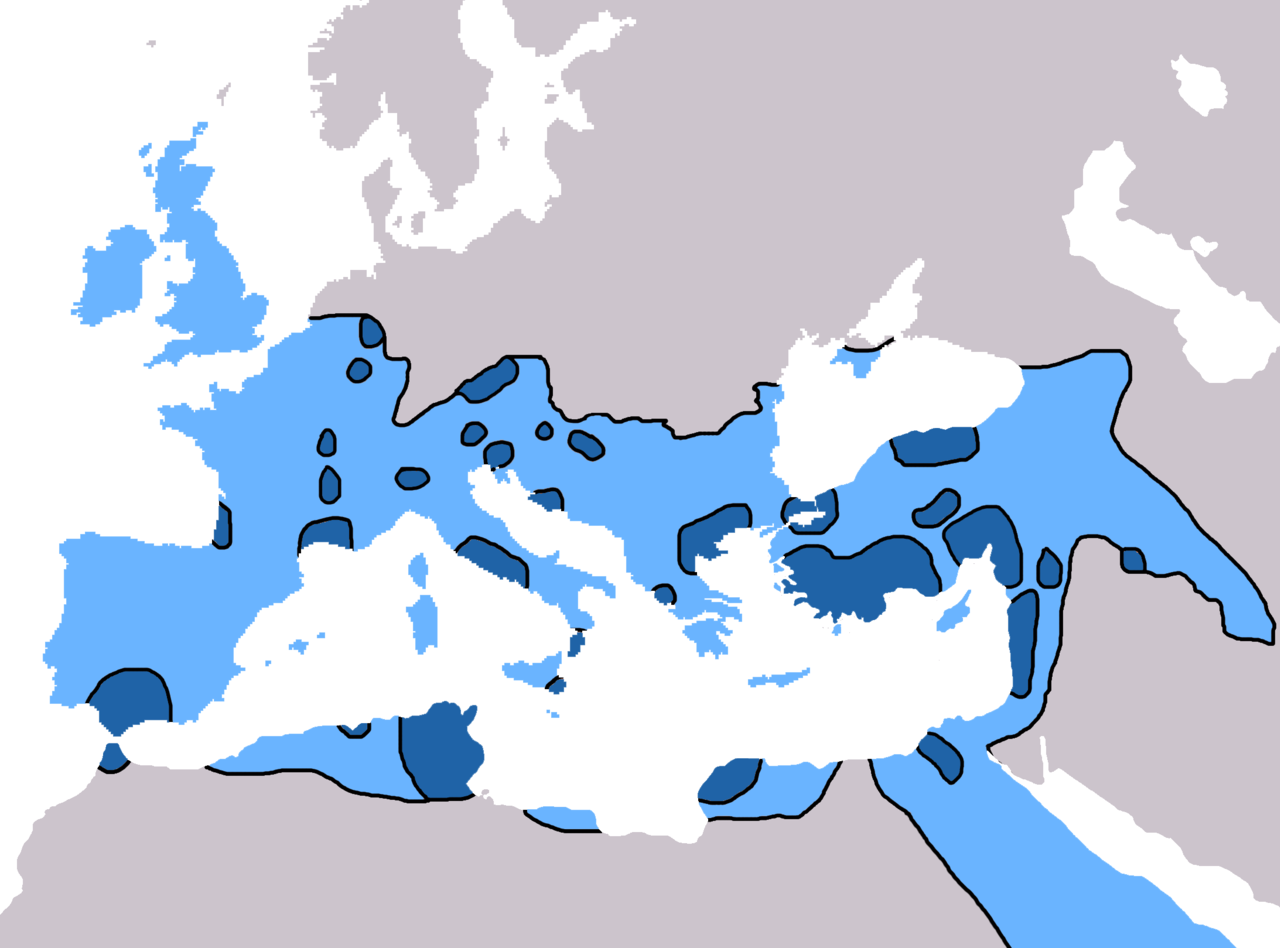
Although historians have a hard time identifying early Christian texts with actual dates it is certain that before the end of the second century AD Naples had already acquired its own Catholic Diocese and Christianity had found its way to an increasing part of the population. This is evidenced by the Catacombs di San Gennaro, an old family tomb of a noble Roman family that by the beginning of the 3rd century was decorated in the so-called Pompeiian style and conserves the earliest Christian paintings in southern Italy. At the end of the 3rd century the catacombs received the remains of Sant’Agrippino, sixth bishop of Naples, becoming a place of veneration of what is considered the first patron of the city. In 305 San Gennaro the bishop of Benevento becomes a martyr during the persecution of Christians by the emperor Diocletian. He is decapitated in the amphitheater of Pozzuoli. In the 5th century he was brought to Naples by the Bishop John I and buried in the catacombs, which became a pilgrimage site. San Gennaro became the patron saint of Naples in 472 AD. Despite being the city’s most loved and popularly acclaimed patron, San Gennaro is not the only one. Naples has 52 patrons. The only Italian city that comes close to having such a large number of patrons is Venice, which has 25.

